Steps to Create an Effective Customer Service Training Program
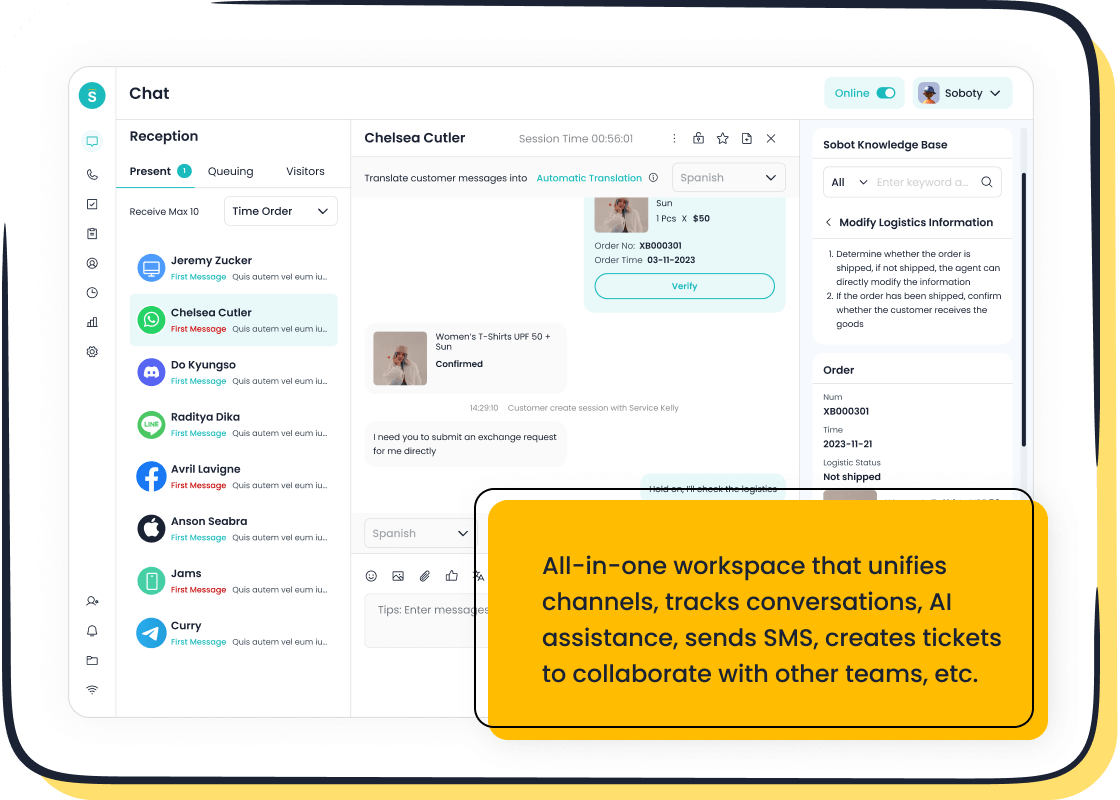
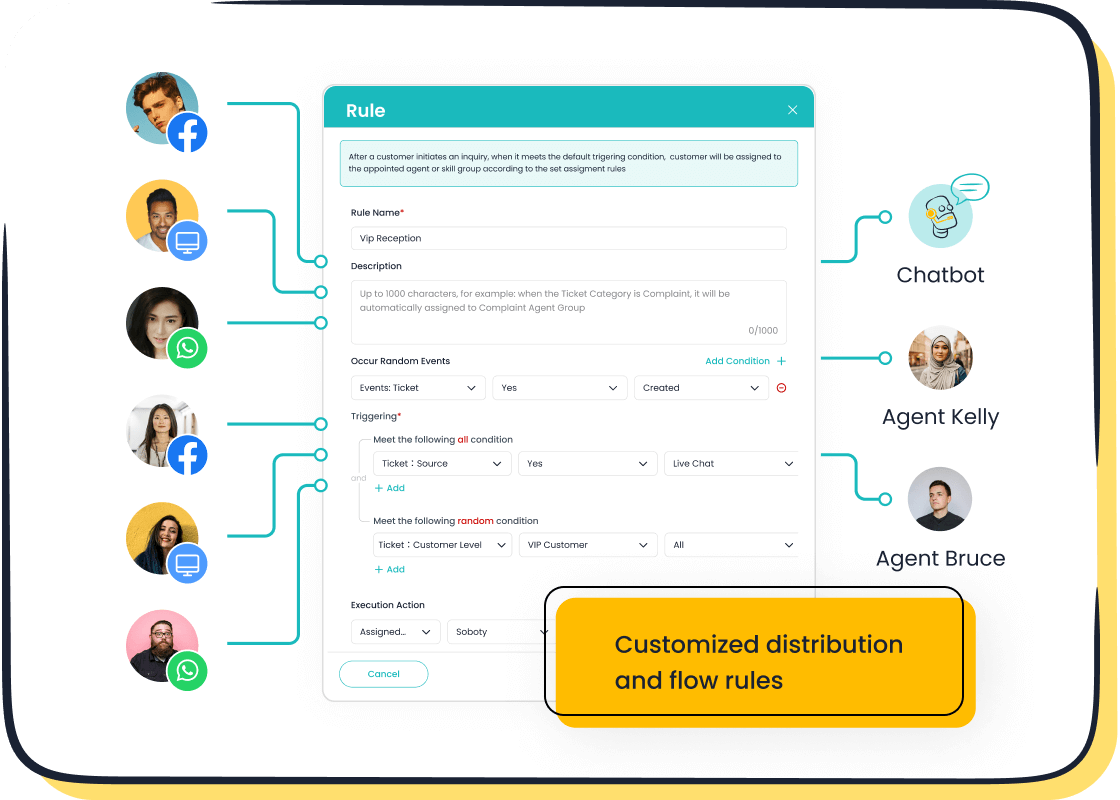
Great customer service can make or break your business. When your team knows how to handle customer needs effectively, it builds trust and loyalty. Did you know companies with structured customer service training programs report an 11.6% boost in customer satisfaction? That’s a game-changer! Training equips your team with the skills to solve problems faster and deliver exceptional experiences. Tools like Sobot’s Live Chat can further enhance this by streamlining communication and improving efficiency. Investing in training isn’t just smart—it’s essential for long-term success.
Assess Training Needs for Customer Service Training
Understanding your team’s strengths and weaknesses is the first step in creating a successful customer service training program. A thorough training needs assessment helps you pinpoint areas for improvement and ensures your efforts align with both employee and business goals.
Identify Skill Gaps in Customer Service Teams
Conduct employee surveys and feedback sessions.
Start by asking your team directly. Surveys and feedback sessions can reveal where employees feel confident and where they struggle. For example, some may need help mastering new technologies, while others might want to improve their emotional intelligence for better customer interactions. Did you know 60% of organizations excel at acquiring customers but struggle to help them fully utilize products? This highlights the importance of identifying gaps early.
Analyze customer feedback and complaints to pinpoint areas of improvement.
Your customers are a goldmine of insights. Dive into feedback and complaints to uncover recurring issues. Are customers frustrated by slow response times or unclear communication? These patterns can guide your training focus. For instance, if 23% of customers use only half of your product’s features, it might signal a need for better product knowledge training.
Evaluate Current Performance Metrics
Review KPIs such as response time, resolution rate, and customer satisfaction scores.
Metrics don’t lie. Look at key performance indicators like customer satisfaction scores, resolution times, and first reply times. These numbers can highlight where your team excels and where they fall short. For example, a high ticket reopen rate might indicate unresolved issues that need attention.
Observe customer interactions to identify recurring challenges.
Sometimes, the best insights come from simply watching your team in action. Listen to calls or review chat transcripts to spot common hurdles. Are agents struggling with conflict resolution or product-related queries? Observing real interactions can help you tailor your training to address these challenges effectively.
Define Training Priorities
Focus on critical skills like communication, problem-solving, and product knowledge.
Not all skills are created equal. Prioritize those that have the biggest impact on customer satisfaction. Communication, empathy, and problem-solving are essential for handling tough situations. Product knowledge is equally crucial—customers trust agents who know their stuff.
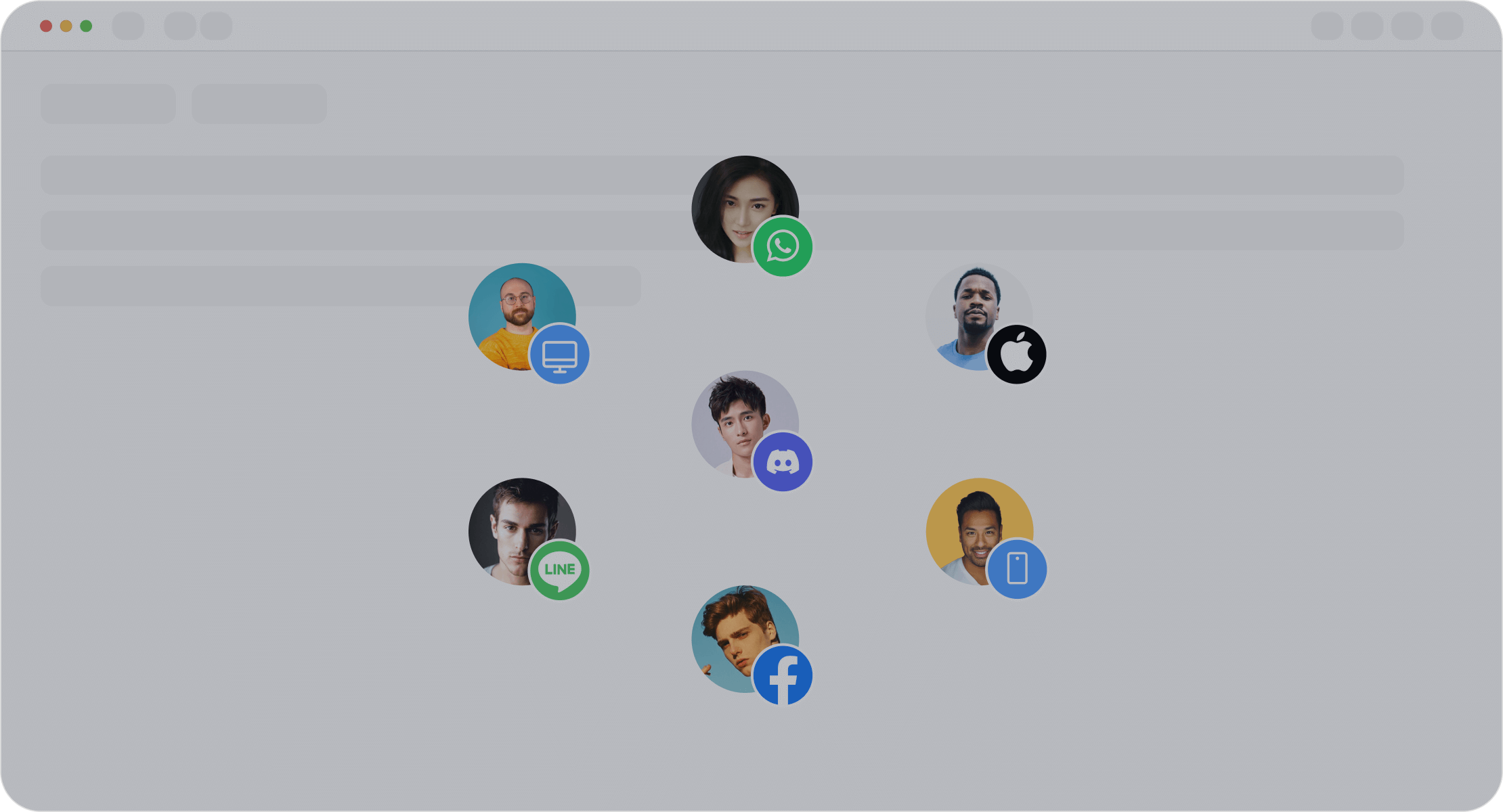
Align training priorities with business goals and customer expectations.
Your training should serve a bigger purpose. Start by defining your business objectives, like improving Net Promoter Scores or reducing churn. Then, align these goals with customer expectations. For example, if your customers value quick resolutions, focus on efficiency and time management in your training. Tools like Sobot Live Chat can help by streamlining workflows and improving response times, ensuring your team meets these expectations seamlessly.
Set Clear Objectives for an Effective Training Program
Setting clear objectives is the backbone of any effective training program. Without well-defined goals, it’s like driving without a map—you won’t know if you’re heading in the right direction. Let’s explore how you can define actionable objectives and communicate them effectively to your team and stakeholders.
Define Specific and Measurable Goals
Use the SMART framework to set actionable objectives.
The SMART framework ensures your goals are clear and achievable. Here’s how it works:
- Specific: Clearly define what you want to achieve.
- Measurable: Set criteria to track progress and success.
- Achievable: Make sure the goals are realistic.
- Relevant: Align them with your team’s roles and business needs.
- Time-framed: Add deadlines to create focus and urgency.
For example, instead of saying, “Improve customer satisfaction,” a SMART goal would be: “Increase customer satisfaction scores by 15% within six months.” This approach keeps your team focused and motivated.
Ensure goals align with overall business outcomes, such as increased NPS or reduced churn.
Your training goals should tie directly to your company’s broader objectives. For instance, if reducing churn is a priority, focus on improving first-call resolution rates or response times. The table below provides examples of specific and measurable goals for customer service training:
| Goal Description | Specifics | Measurable Metric |
|---|---|---|
| Reduce average hold time | Under 3 minutes | Achieve within 30 days |
| Customer satisfaction score | Increase by 15% | Within 6 months |
| First-call resolution rates | 90% | Achieve within 2 months |
| Omni-channel support | Launch on 3 new platforms | Within the next 4 months |
Communicate Objectives to Stakeholders
Share training goals with employees, managers, and leadership teams.
Transparency is key. Share your training objectives with everyone involved, from employees to leadership. Use channels like team meetings, emails, or even dashboards to keep everyone informed. Encourage feedback to ensure the goals resonate with your team. For example, if your goal is to improve response times, explain how this benefits both the team and the customers they serve.
Highlight the benefits of the training program for both employees and the organization.
When employees understand the “why,” they’re more likely to engage. A well-communicated training program boosts motivation, aligns efforts with organizational goals, and reduces errors. For instance, Sobot’s Live Chat can help your team achieve faster response times and better customer interactions. This not only improves employee performance but also enhances customer satisfaction, creating a win-win scenario for everyone.
Pro Tip: Regularly update stakeholders on progress to maintain momentum and trust. Use tools like Sobot’s built-in analytics to track metrics and share insights.
Design an Engaging Customer Service Training Program
Creating an engaging customer service training program is essential to keep your team motivated and ensure they retain what they learn. Let’s break it down into actionable steps.
Develop Relevant and Interactive Content
Incorporate real-world scenarios, role-playing exercises, and case studies.
Interactive content makes learning stick. Role-playing challenging customer scenarios, for example, helps your team practice empathy and problem-solving in a low-pressure environment. This approach has been shown to boost engagement by 31%, leading to better training outcomes. You can also use case studies to highlight real-world challenges and solutions, giving your team practical insights they can apply immediately.
Hands-on training sessions are another great way to reinforce learning. By simulating real customer interactions, your team can test their skills and get instant feedback. Tools like Sobot Live Chat make this even easier by allowing you to replicate customer conversations across multiple channels. This not only enhances learning but also prepares your team for real-world situations.
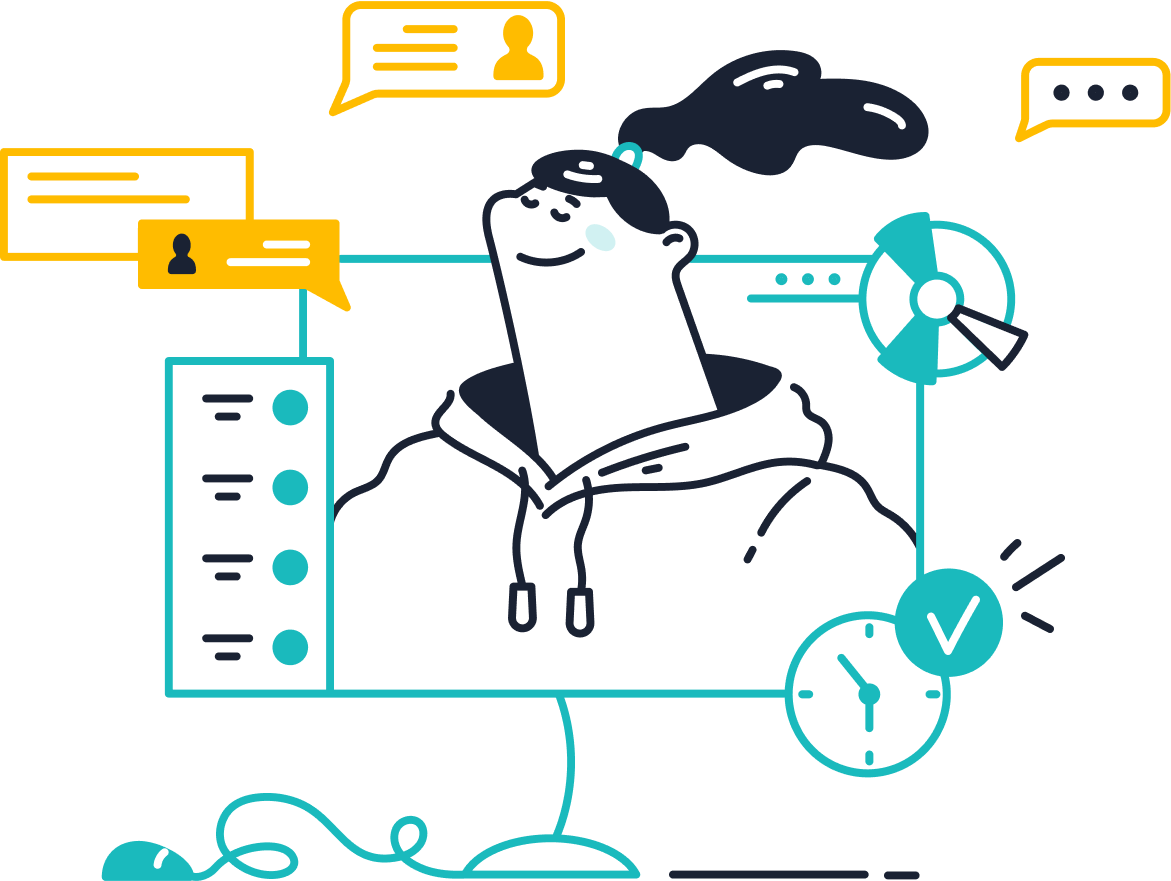
Use tools like Sobot Live Chat to simulate customer interactions and enhance learning.
Sobot Live Chat is a powerful tool for creating immersive training experiences. It supports omnichannel communication, so your team can practice handling inquiries from platforms like WhatsApp, Facebook, and Instagram. With features like AI-assisted tools and built-in analytics, it provides a realistic environment for your team to hone their skills. Plus, its customizable widgets let you tailor the training to match your brand’s unique needs.
Allocate Resources Effectively
Determine the budget and allocate necessary tools, such as training platforms and materials.
Budgeting is crucial for an effective training program. Start by assessing your team’s skill gaps and identifying the tools you’ll need, like training platforms or materials. Build a dedicated line item in your annual budget to cover costs like instructor fees and software subscriptions. Don’t forget to account for unexpected expenses, such as additional training sessions or new tools.
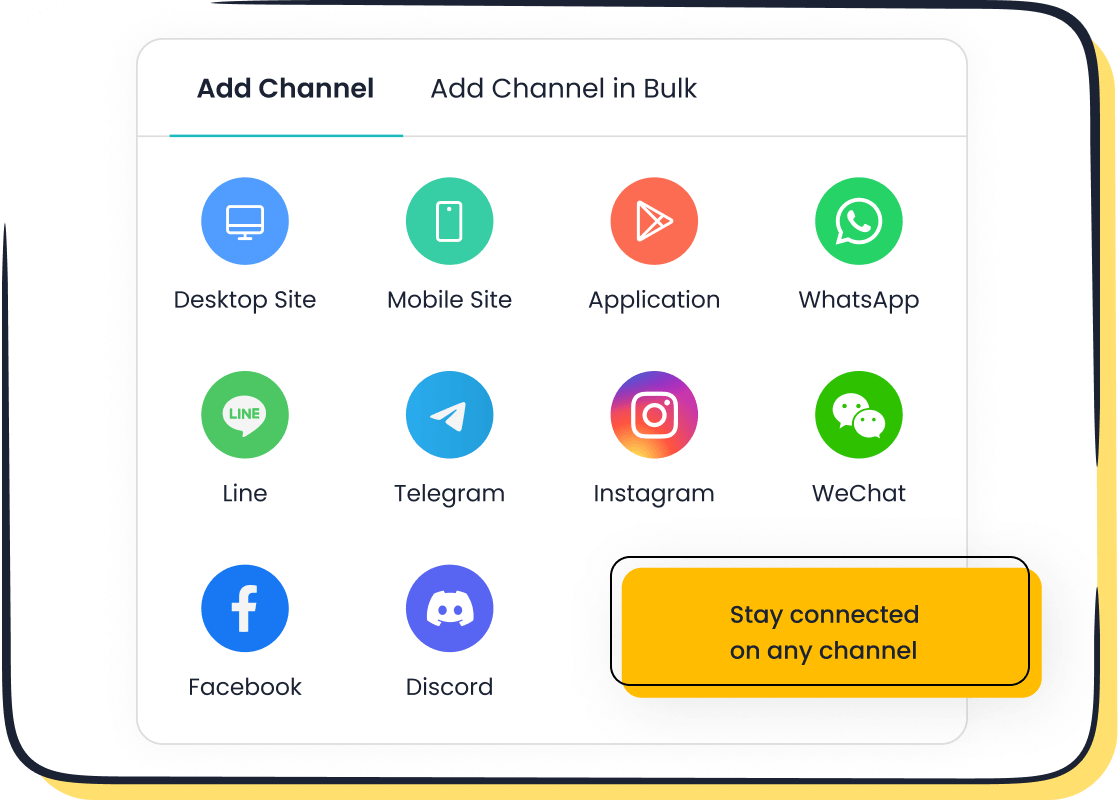
Leverage Sobot’s omnichannel solutions to streamline training delivery.
Sobot’s omnichannel solutions simplify training by unifying customer interactions into one platform. This allows your team to practice managing inquiries across different channels without switching systems. For example, Sobot Live Chat integrates seamlessly with your existing tools, making it easier to deliver consistent training while improving efficiency.
Establish a Realistic Timeline
Create a schedule that accommodates employees’ workloads and availability.
A realistic timeline ensures your training program doesn’t disrupt daily operations. Start by defining the project scope and goals. Then, list all tasks and assign responsibilities. Make sure to consider your team’s availability and workload when scheduling sessions. For instance, shorter, more frequent sessions might work better than long, intensive ones.
Set milestones to track progress and ensure timely completion.
Milestones are your roadmap to success. They help you monitor progress and identify any delays early. For example, you could set a milestone for completing the first training module within two weeks. Regularly communicate the status of these milestones to keep everyone aligned and motivated. Tools like Sobot’s built-in analytics can help you track progress and adjust timelines as needed.
Implement the Customer Service Training Program
Choose Effective Delivery Methods
Use a mix of in-person workshops, online courses, and on-the-job training.
To create an effective training program, you need to combine different delivery methods. In-person workshops are great for fostering collaboration and hands-on learning. Online courses provide flexibility, allowing employees to learn at their own pace. On-the-job training ensures your team applies what they’ve learned in real-world scenarios. For example, role-playing exercises during workshops can prepare your team for challenging customer interactions, while e-learning modules can break down complex topics into bite-sized lessons. Tools like Sobot Live Chat can also simulate customer interactions across multiple channels, helping your team practice in a realistic environment.
Tailor methods to suit different learning styles and team roles.
Not everyone learns the same way. Visual learners benefit from videos and diagrams, while auditory learners prefer discussions and podcasts. Reading/writing learners thrive with manuals and written exercises, and kinesthetic learners excel with hands-on activities. By tailoring your methods, you ensure every team member gets the most out of the training. For instance, you could use Sobot’s omnichannel solutions to create interactive scenarios for kinesthetic learners while providing detailed analytics reports for reading/writing learners.
Foster Engagement and Participation
Encourage active participation through interactive activities and group discussions.
Engagement is key to a successful employee training program. Use problem-based scenarios to spark discussions and encourage your team to share their perspectives. For example, a round-robin technique can help participants of varying experience levels learn from each other. Group discussions also build camaraderie and make learning more enjoyable. Incorporating tools like Sobot Live Chat into these activities allows your team to practice handling real-time customer inquiries, boosting their confidence and skills.
Provide incentives, such as certifications or rewards, for completing training modules.
Everyone loves a little recognition. Offer incentives like social certificates, badges, or even loyalty points for completing training. These rewards not only motivate your team but also demonstrate their value to the organization. For example, you could integrate a point system where employees earn rewards for mastering new skills. Certifications can also be shared on professional networks, showcasing their expertise and boosting morale.
Monitor Training Progress
Track attendance, participation rates, and completion of training modules.
Tracking progress ensures your training stays on course. Use tools like learning management systems (LMS) to monitor attendance and participation. Platforms such as Moodle or Canvas can track quiz scores and module completions, giving you a clear picture of your team’s progress. For example, Sobot’s built-in analytics can help you measure engagement and identify areas where employees might need extra support.
Address challenges promptly to ensure smooth implementation.
Challenges are inevitable, but addressing them quickly keeps your training on track. Use a mix of quantitative data, like attendance rates, and qualitative feedback from employees to identify issues. For instance, if participation drops, consider adjusting the schedule or delivery method. Digital tools like Sobot Live Chat can streamline this process by providing real-time insights into your team’s performance, ensuring your training program remains effective and adaptable.
Evaluate and Continuously Improve the Training Program
Creating a customer service training program is just the beginning. To ensure its long-term success, you need to evaluate its effectiveness and make continuous improvements. Let’s explore how you can gather feedback, measure results, and refine your approach.
Gather Feedback from Participants
Use surveys, interviews, and feedback forms to collect input from employees and customers.
Feedback is your best tool for improvement. Use methods like employee engagement surveys, pulse surveys, and one-on-one meetings to gather insights. Tools like Mentimeter or Kahoot can make feedback collection interactive and fun. For example, pulse surveys with just 3-5 questions can quickly gauge employee satisfaction after training. Don’t forget to include customers in this process. Their feedback can reveal how well your team applies what they’ve learned in real-world interactions.
Analyze feedback to identify strengths and areas for improvement.
Once you’ve collected feedback, look for patterns. Are employees struggling with specific skills? Are customers noticing improvements in service quality? Anonymous surveys can encourage honest responses, helping you pinpoint what’s working and what needs adjustment. For instance, if employees highlight a lack of hands-on practice, you might add more role-playing exercises to future sessions.
Measure Training Effectiveness
Compare pre- and post-training performance metrics, such as customer satisfaction scores.
Metrics provide a clear picture of your training program’s impact. Start by measuring baseline data before training begins. Then, compare it with post-training results. Metrics like customer satisfaction scores, first-call resolution rates, and time-to-competency can show how much your team has improved. For example, if customer satisfaction increases by 20% after training, you know you’re on the right track.
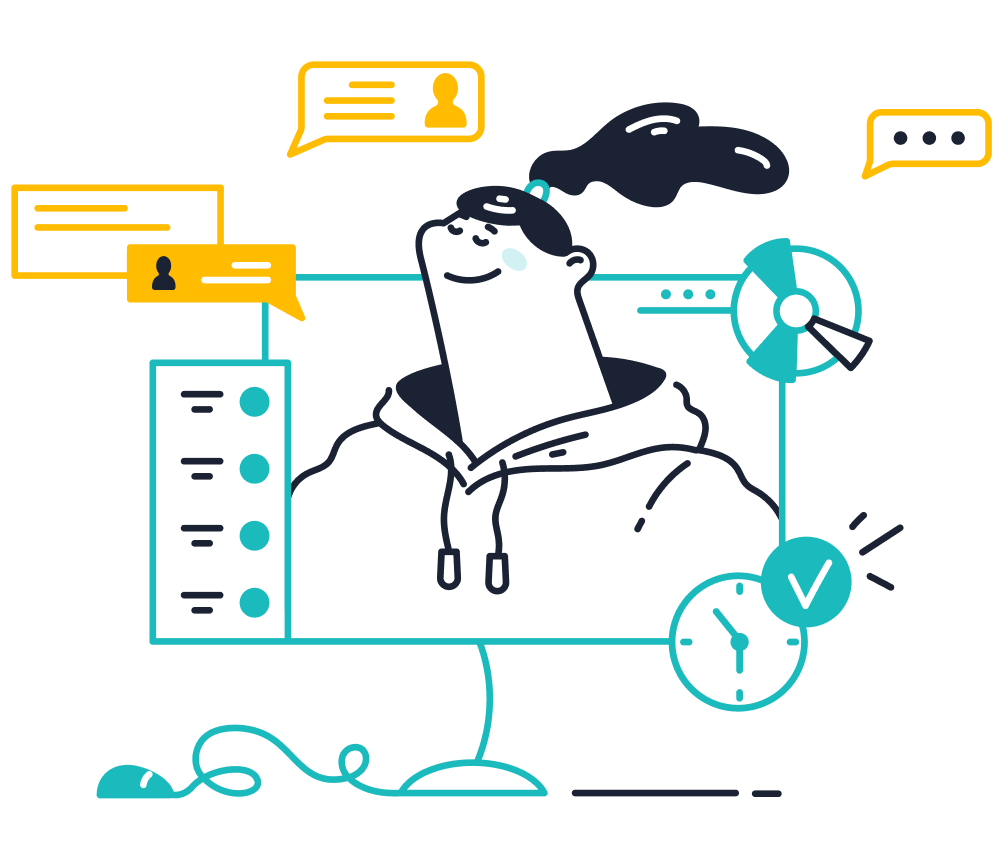
Assess the impact of training on employee performance and customer interactions.
Look beyond numbers. Observe how employees apply their training during customer interactions. Are they resolving issues faster? Are customers happier with the service? Behavioral changes, like improved communication or problem-solving, indicate that your training is making a difference. Sobot’s Live Chat can help track these changes by providing built-in analytics and real-time performance data.
Make Data-Driven Adjustments
Update training content and methods based on feedback and performance data.
Continuous improvement is key. Use the feedback and metrics you’ve gathered to refine your training program. For example, if data shows that employees struggle with product knowledge, you could add more detailed modules or hands-on practice sessions. Regularly updating your content ensures it stays relevant and effective.
Plan for ongoing training to address evolving customer needs and industry trends.
Customer expectations change, and your training should too. Schedule regular reviews of your program to keep it aligned with business goals and market trends. For instance, if customers start using new communication channels, train your team to handle inquiries on those platforms. Sobot’s omnichannel solutions make it easy to adapt by unifying customer interactions across various channels.
Pro Tip: Foster a culture of learning by encouraging employees to share their experiences and insights. This not only improves your training program but also boosts team morale.
Creating an effective customer service training program doesn’t have to be overwhelming. Start by assessing your team’s needs, then set clear objectives, design engaging content, implement the program, and evaluate its success. Continuous improvement is key—customer expectations evolve, and your training should too. Tools like Sobot Live Chat make this process seamless by offering omnichannel support and real-time analytics. Ready to boost customer satisfaction and team efficiency? Take the first step today and explore how Sobot can transform your training program. Visit Sobot Live Chat to learn more! 🚀
FAQ
What is the best way to identify training needs for customer service teams?
Start by gathering feedback from employees and customers. Use surveys, interviews, and performance metrics like response times or satisfaction scores. For example, if customers frequently complain about slow responses, focus on improving efficiency. Tools like Sobot Live Chat can help analyze these metrics effectively.
How can I make customer service training more engaging?
Incorporate interactive elements like role-playing, real-world scenarios, and group discussions. For instance, simulate customer interactions using Sobot Live Chat to practice handling inquiries across multiple channels. This hands-on approach boosts engagement and prepares your team for real-world challenges.
How do I measure the success of a training program?
Compare pre- and post-training metrics like customer satisfaction scores or resolution rates. For example, if satisfaction scores increase by 20% after training, it’s a clear indicator of success. Use tools like Sobot’s built-in analytics to track these improvements in real-time.
Why is omnichannel training important for customer service?
Customers use multiple platforms to reach out, from social media to live chat. Training your team to handle inquiries across all channels ensures seamless service. With Sobot Live Chat, you can unify these interactions, making it easier for your team to deliver consistent support.
How often should I update my customer service training program?
Regular updates are essential to keep up with evolving customer expectations and industry trends. Review your program quarterly or after significant changes, like launching new products. Tools like Sobot Live Chat help you adapt by providing insights into customer behavior and team performance.
Pro Tip: Always gather feedback after updates to ensure your training remains effective and relevant.
See Also
A Comprehensive Approach to Omnichannel Contact Center Solutions
Essential Principles for Quality Management in Call Centers
Key Considerations for Selecting Social Media Support Tools
